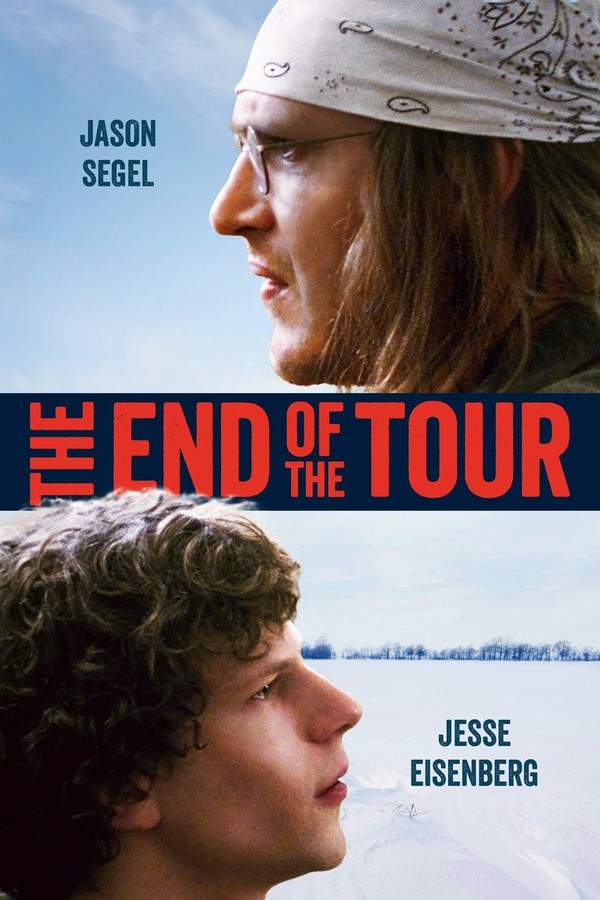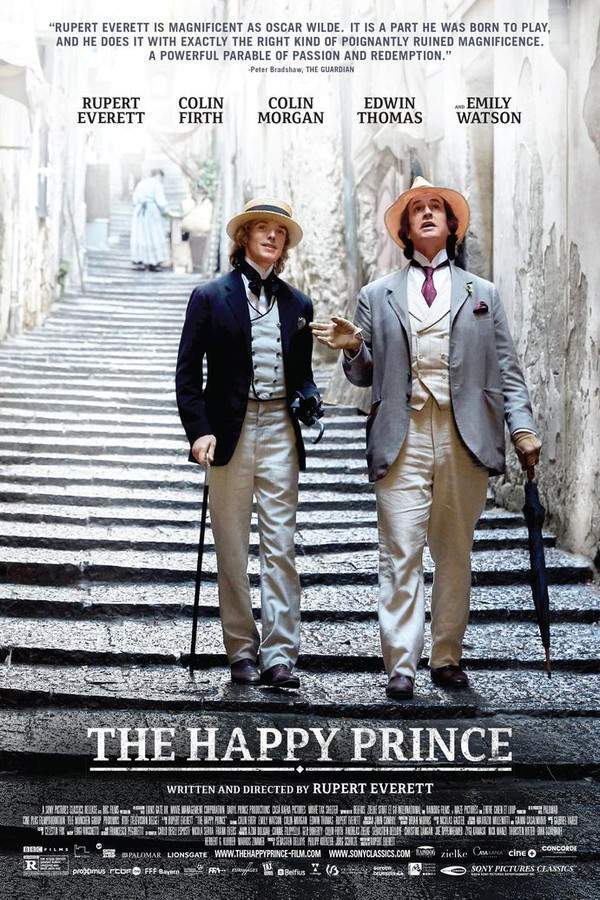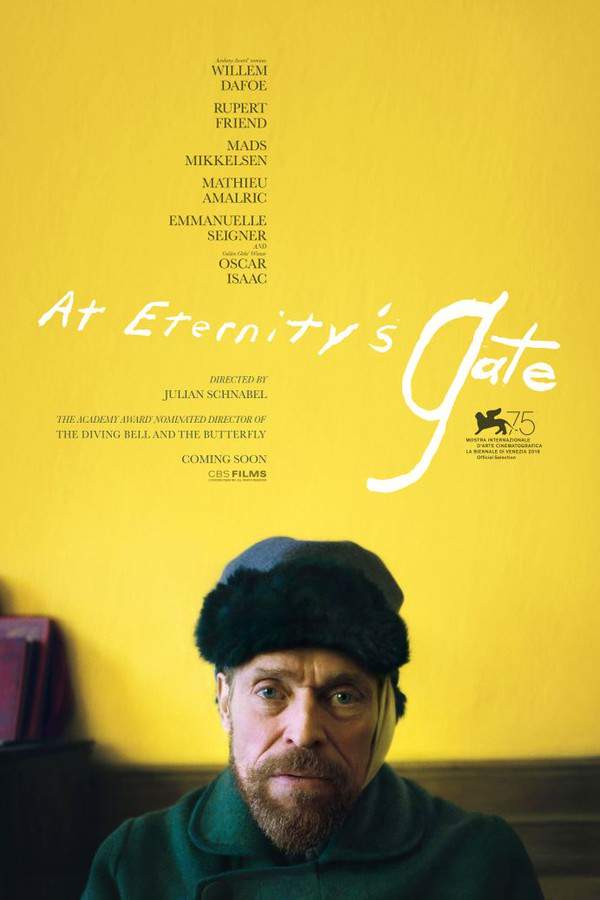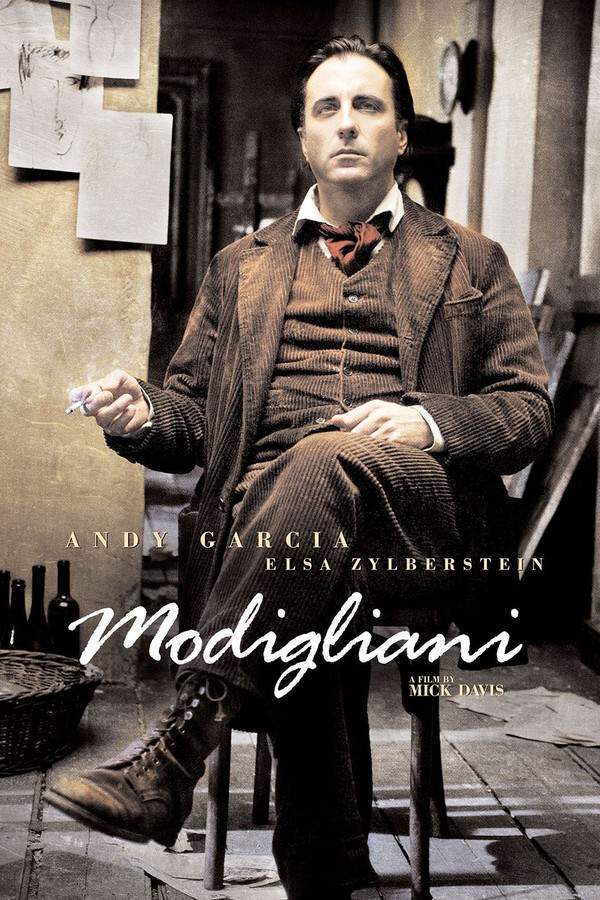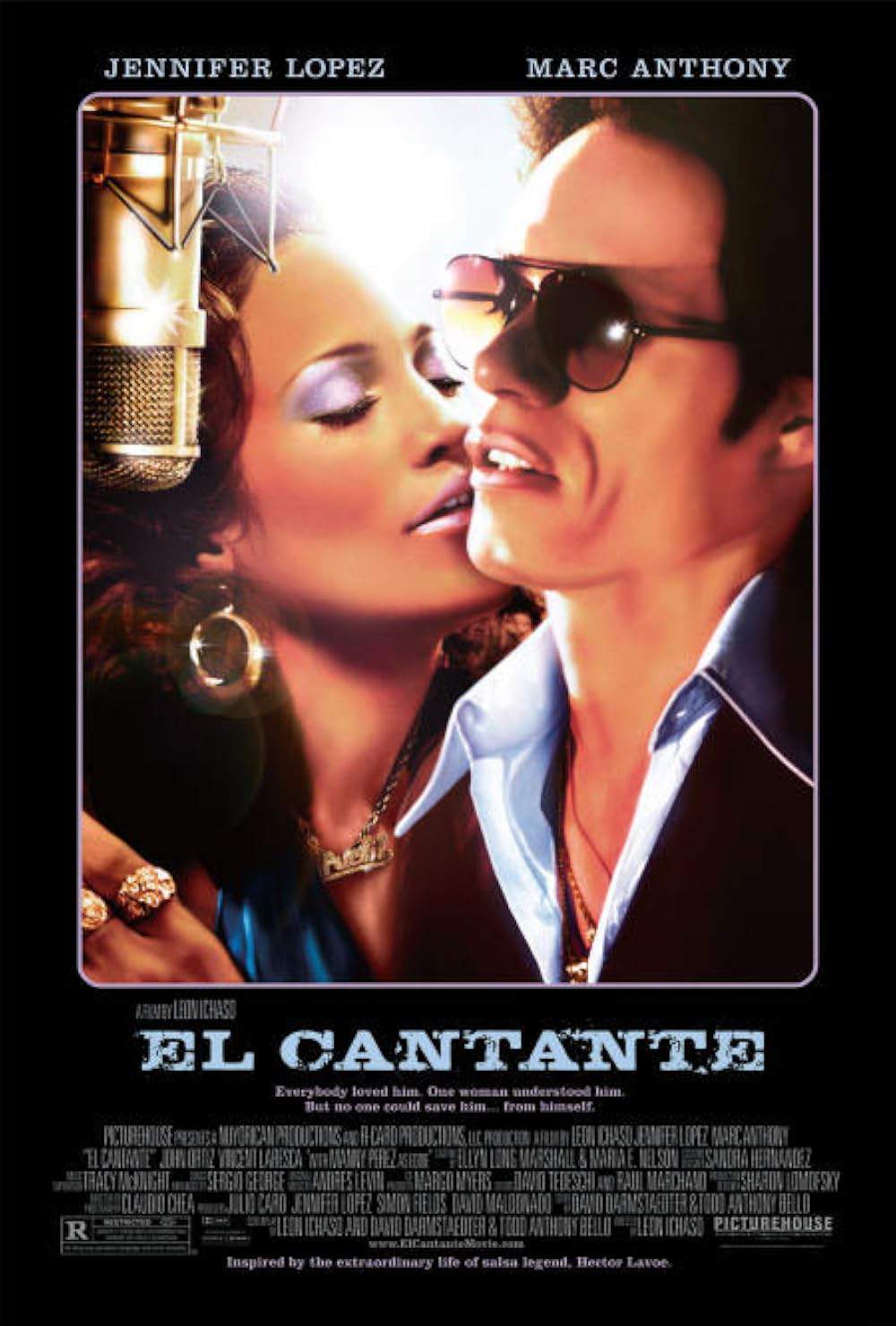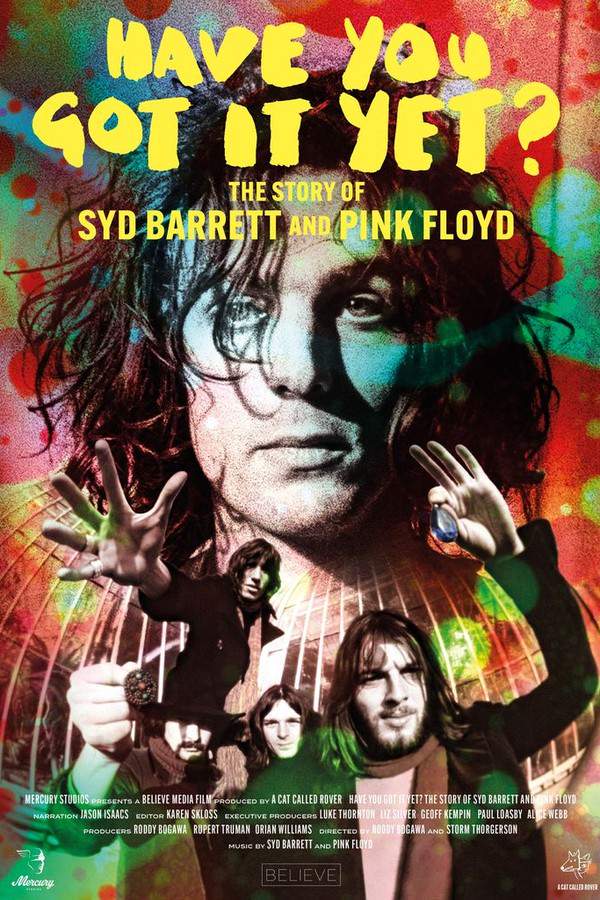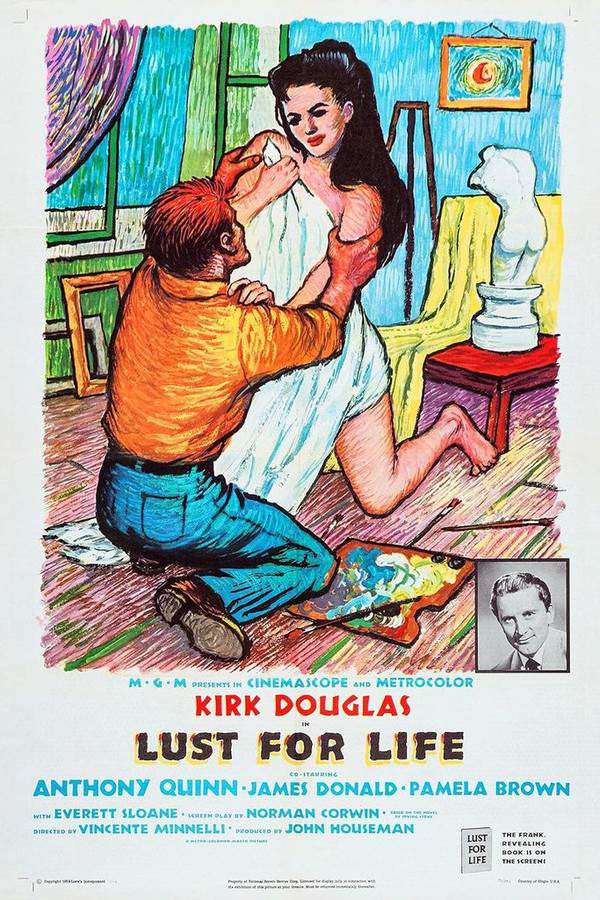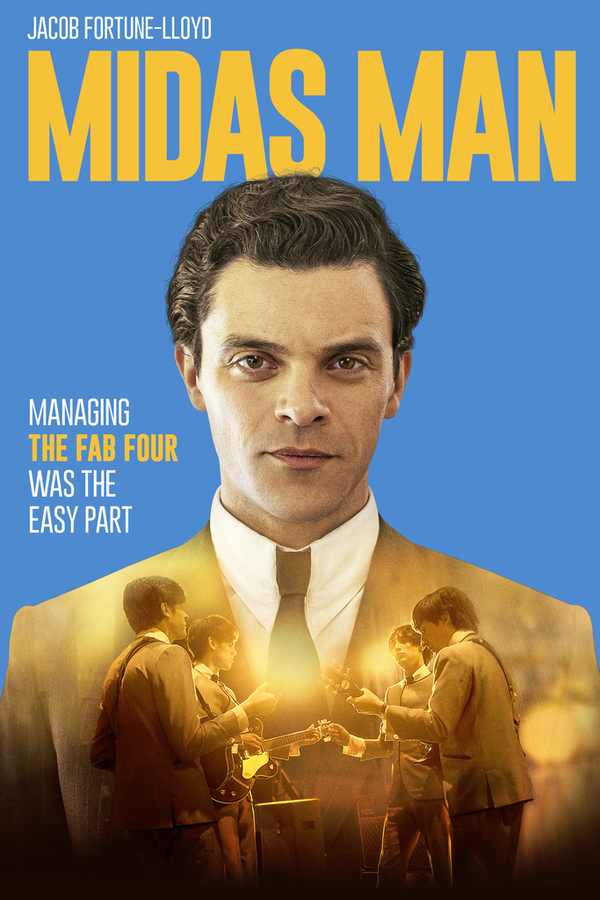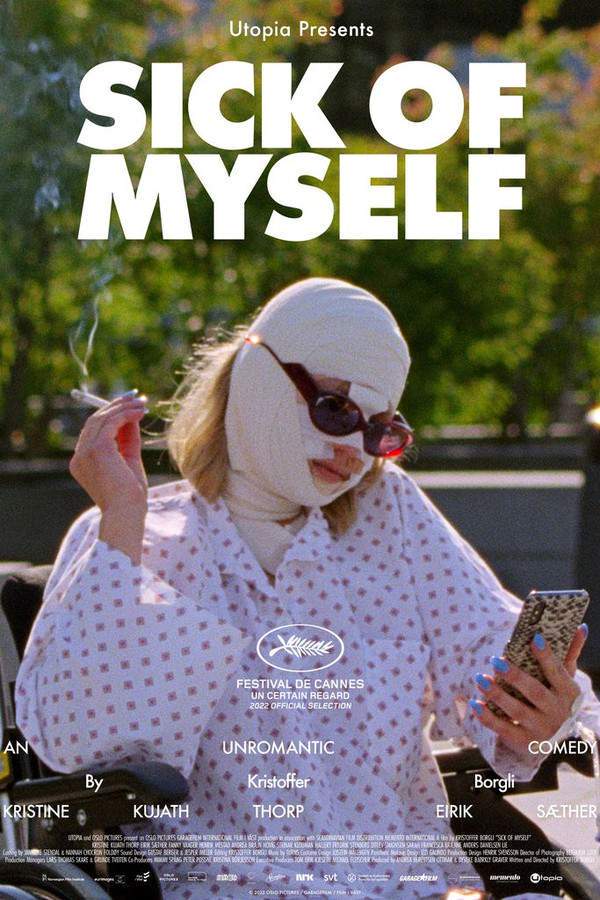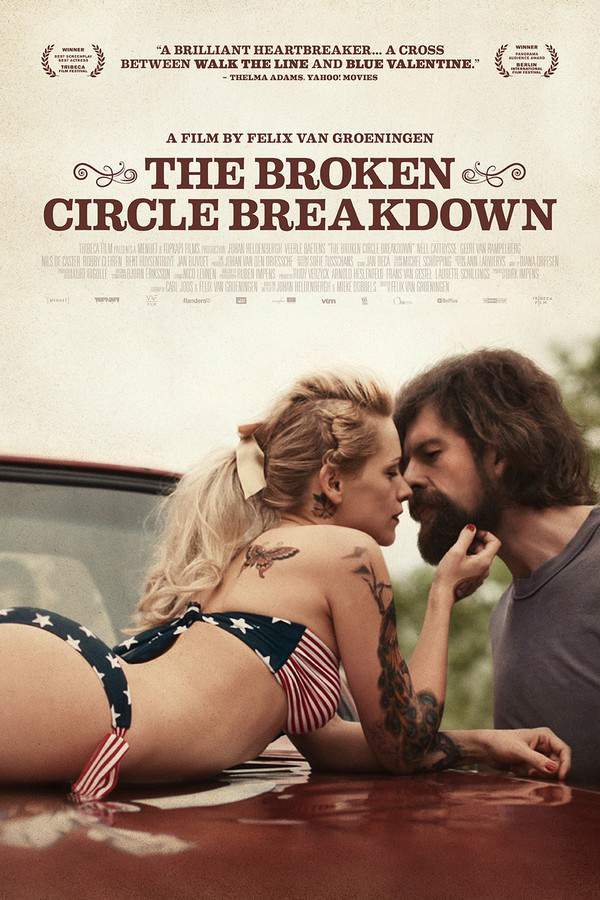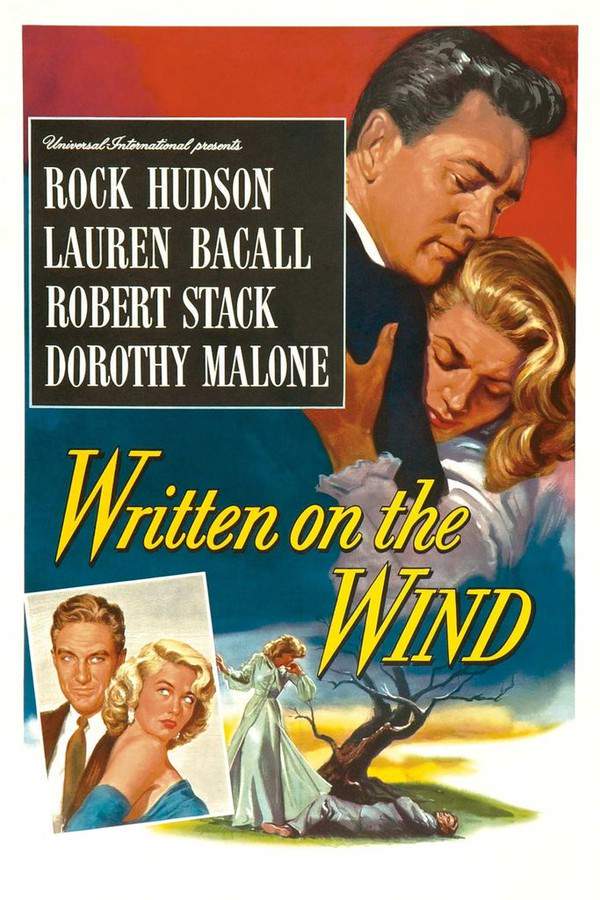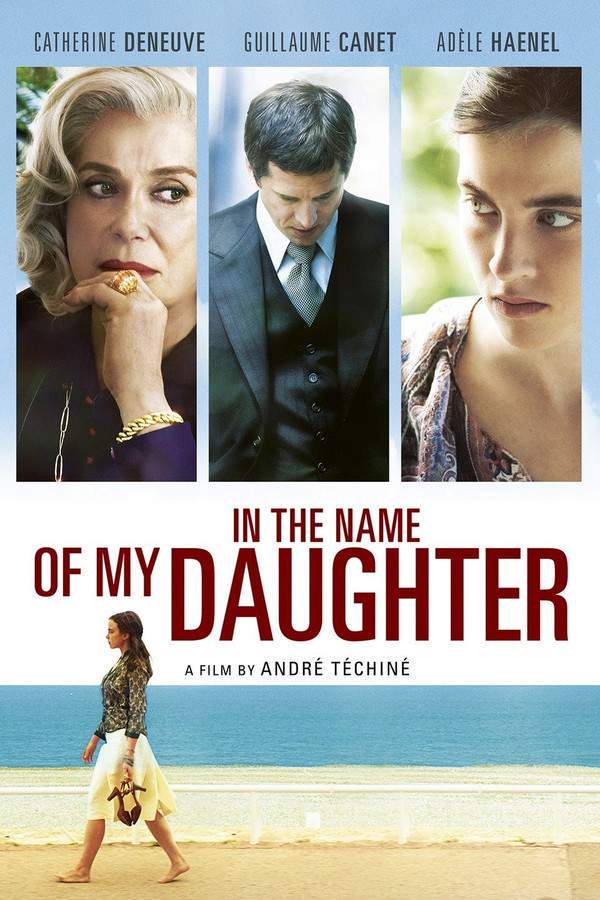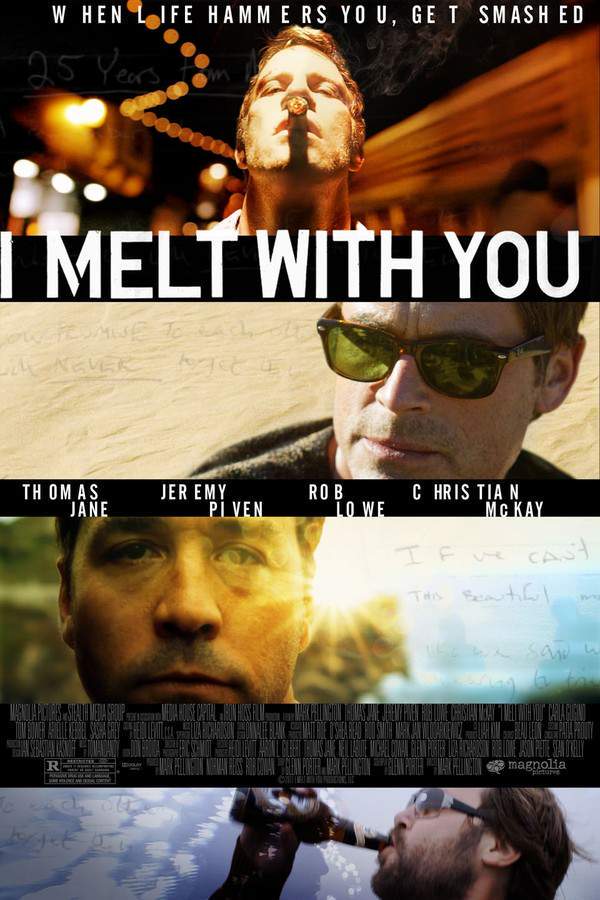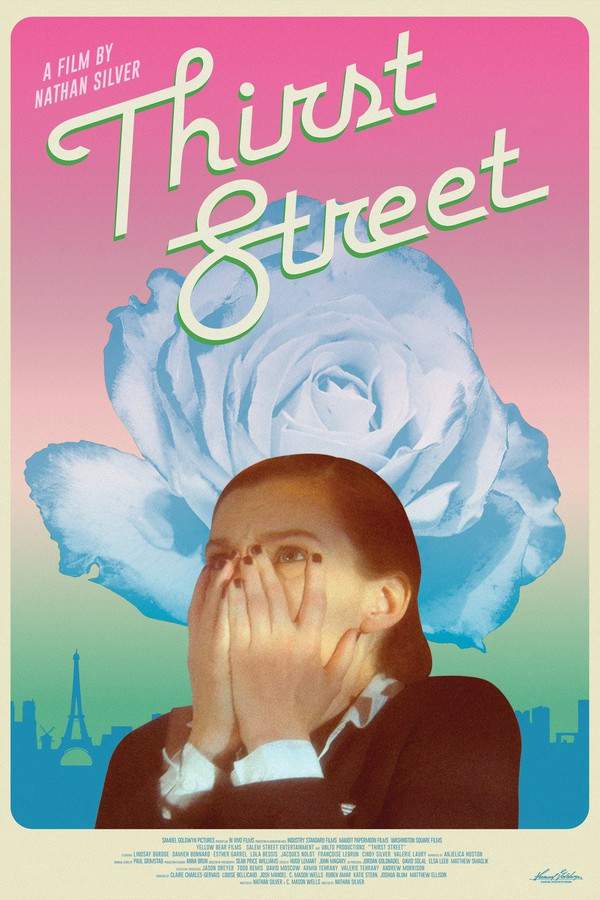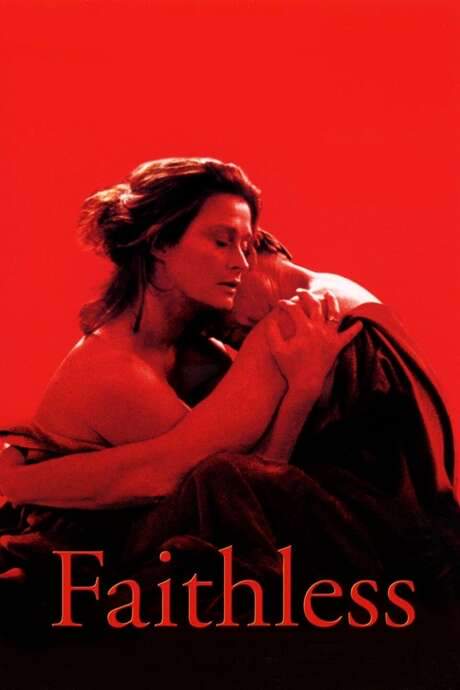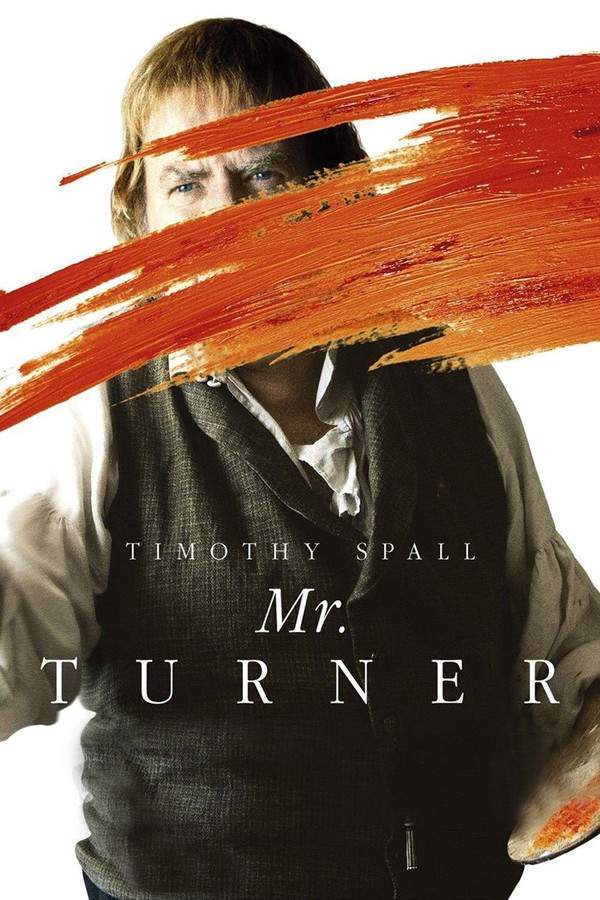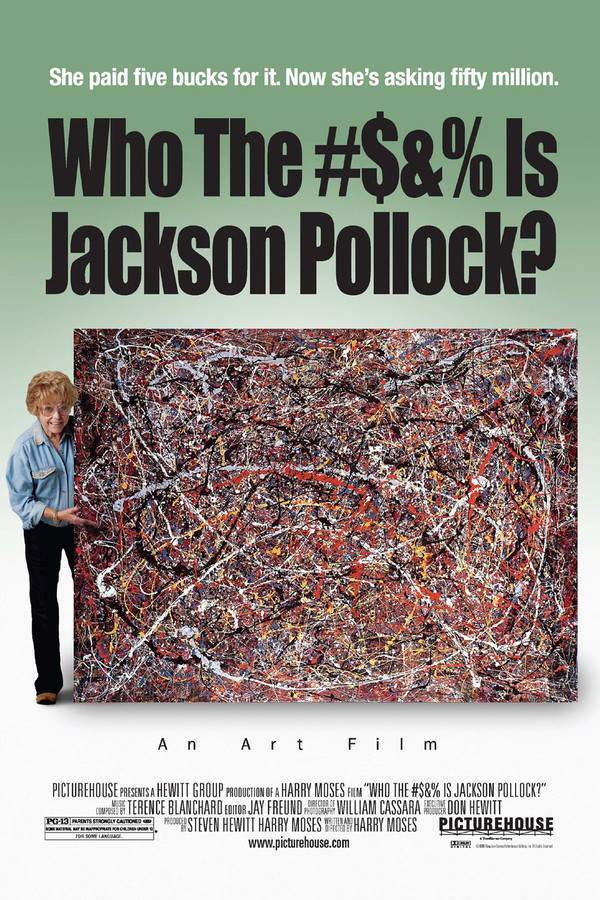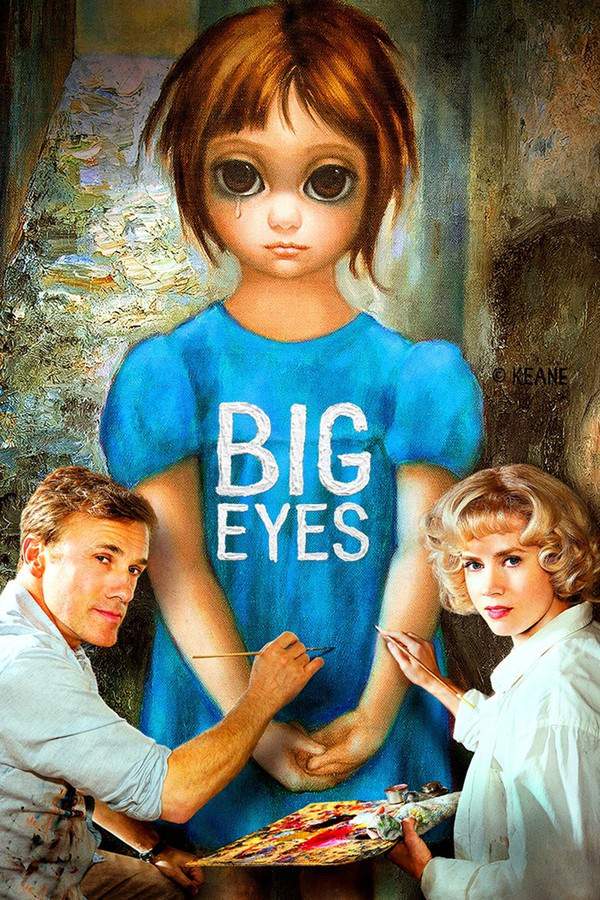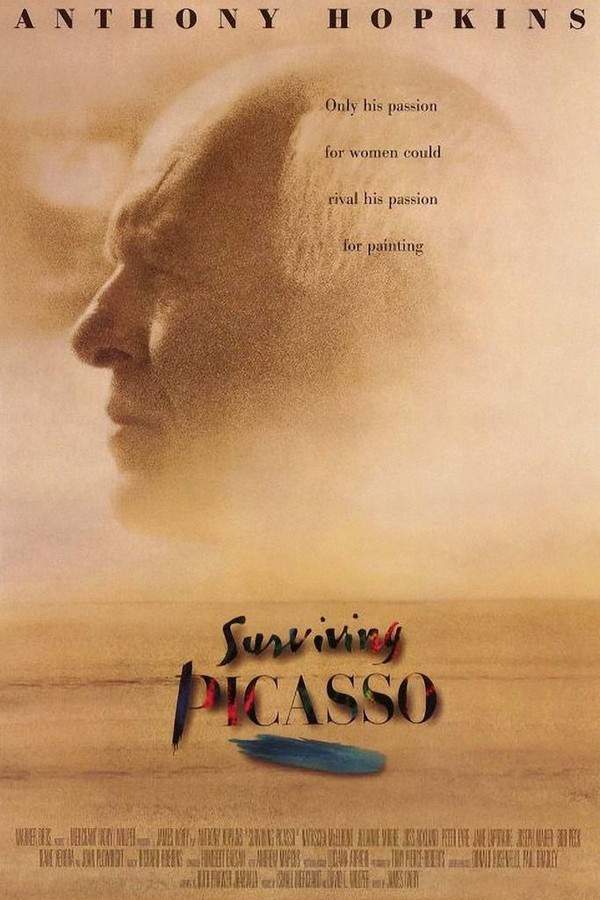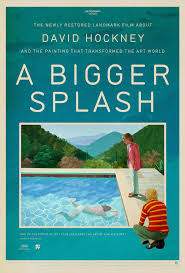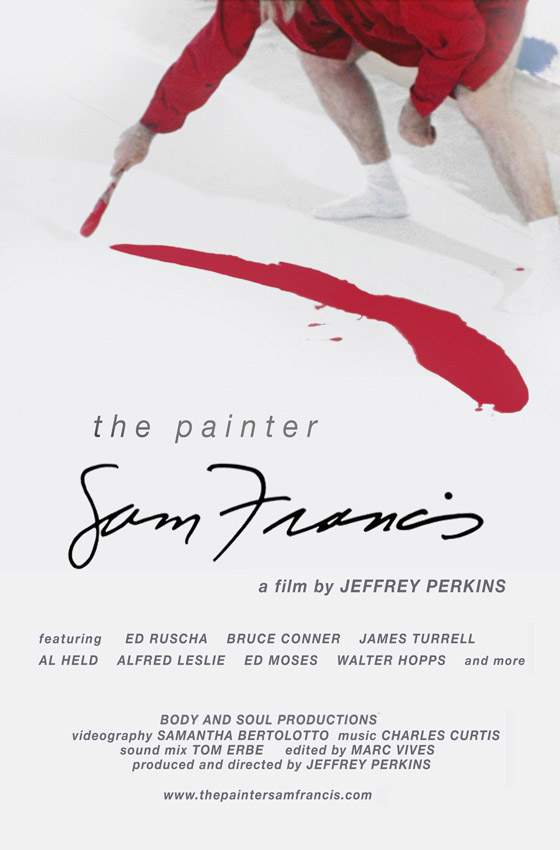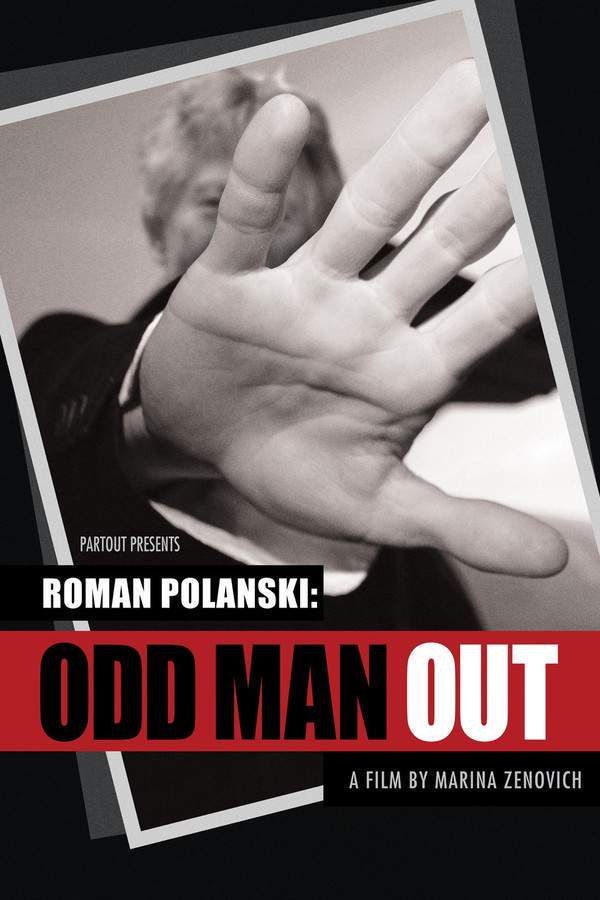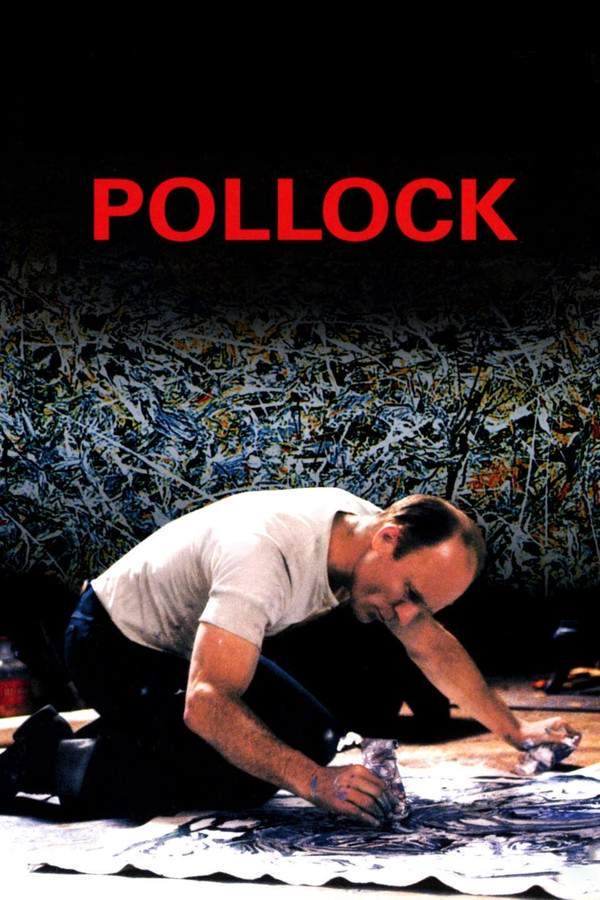
Pollock
Year: 2000
Runtime: 122 min
Language: English
This biographical drama explores the life of Jackson Pollock, the celebrated and enigmatic painter. As his fame grew, so did the scrutiny of his complex personality and the struggles he faced. The film portrays his journey as he grappled with self-doubt, creative expression, and a growing sense of isolation, revealing the contradictions inherent in both his artistic genius and personal life.
Warning: spoilers below!
Haven’t seen Pollock yet? This summary contains major spoilers. Bookmark the page, watch the movie, and come back for the full breakdown. If you're ready, scroll on and relive the story!
Timeline – Pollock (2000)
Trace every key event in Pollock (2000) with our detailed, chronological timeline. Perfect for unpacking nonlinear stories, spotting hidden connections, and understanding how each scene builds toward the film’s climax. Whether you're revisiting or decoding for the first time, this timeline gives you the full picture.
Last Updated: October 09, 2025 at 15:44
Explore Movie Threads
Discover curated groups of movies connected by mood, themes, and story style. Browse collections built around emotion, atmosphere, and narrative focus to easily find films that match what you feel like watching right now.
Movies about tragic geniuses like Pollock
Stories exploring the painful link between immense creativity and deep personal suffering.If you were captivated by the portrayal of Jackson Pollock's turbulent life in 'Pollock', explore other movies like it that delve into the tragic genius archetype. These similar films focus on brilliant but tormented artists, musicians, and innovators whose personal struggles overshadow their legendary creations.
Narrative Summary
Narratives in this thread typically follow a biographical or character-driven arc, charting the rise to acclaim alongside a parallel descent into personal chaos. The central conflict is often internal, pitting the drive for creative expression against self-destructive tendencies, with the story building inevitably towards a somber or tragic conclusion.
Why These Movies?
These films are grouped together because they share a deep fascination with the darker side of creativity. They possess a heavy emotional weight, a melancholic tone, and a steady pacing that allows for a thoughtful, often painful, examination of what it costs to be extraordinary.
Intense dramas about self-destruction like Pollock
Intense character studies where personal demons unravel lives and relationships.For viewers who appreciated the raw and heavy portrayal of Jackson Pollock's self-destructive journey, this collection features similar movies about personal collapse. These dramas share a steady, intense pace and a melancholic tone, exploring themes of alcoholism, marital strife, and the tragic consequences of living with turmoil.
Narrative Summary
The narrative pattern is a gradual, often linear, unraveling. The story methodically builds tension as the protagonist's choices—often related to addiction or emotional instability—alienate loved ones and destroy their own potential. The pacing is steady, creating a sense of inevitable decline towards a bleak or catastrophic ending.
Why These Movies?
These movies are united by their uncompromising focus on the mechanics of self-destruction. They share a high intensity, a heavy emotional weight, and a somber mood. The viewing experience is defined by a sense of witnessing a tragic, yet compelling, personal collapse.
Unlock the Full Story of Pollock
Don't stop at just watching — explore Pollock in full detail. From the complete plot summary and scene-by-scene timeline to character breakdowns, thematic analysis, and a deep dive into the ending — every page helps you truly understand what Pollock is all about. Plus, discover what's next after the movie.
Pollock Summary
Read a complete plot summary of Pollock, including all key story points, character arcs, and turning points. This in-depth recap is ideal for understanding the narrative structure or reviewing what happened in the movie.
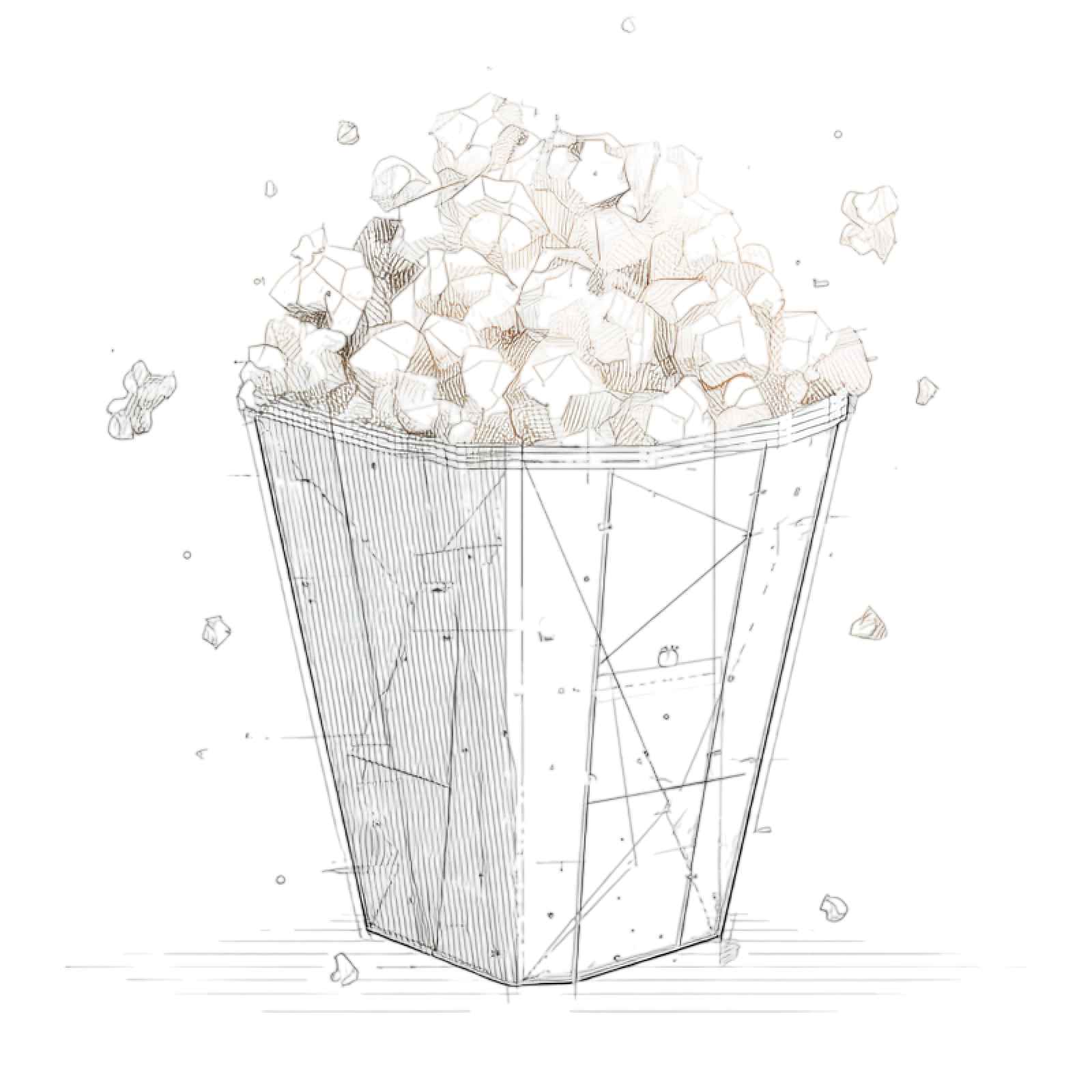
Characters, Settings & Themes in Pollock
Discover the characters, locations, and core themes that shape Pollock. Get insights into symbolic elements, setting significance, and deeper narrative meaning — ideal for thematic analysis and movie breakdowns.

Pollock Spoiler-Free Summary
Get a quick, spoiler-free overview of Pollock that covers the main plot points and key details without revealing any major twists or spoilers. Perfect for those who want to know what to expect before diving in.

More About Pollock
Visit What's After the Movie to explore more about Pollock: box office results, cast and crew info, production details, post-credit scenes, and external links — all in one place for movie fans and researchers.

Similar Movies to Pollock
Discover movies like Pollock that share similar genres, themes, and storytelling elements. Whether you’re drawn to the atmosphere, character arcs, or plot structure, these curated recommendations will help you explore more films you’ll love.
Explore More About Movie Pollock
Pollock (2000) Plot Summary & Movie Recap
Pollock (2000) Scene-by-Scene Movie Timeline
Pollock (2000) Spoiler-Free Summary & Key Flow
Movies Like Pollock – Similar Titles You’ll Enjoy
Mr. Turner (2014) Plot Summary & Ending Explained
Who the #$&% Is Jackson Pollock? (2006) Full Summary & Key Details
Modigliani (2005) Full Movie Breakdown
Big Eyes (2014) Ending Explained & Film Insights
Surviving Picasso (1996) Detailed Story Recap
A Bigger Splash (1974) Detailed Story Recap
The Painter Sam Francis (2009) Ending Explained & Film Insights
Roman Polanski: Odd Man Out (2013) Full Movie Breakdown
Lifeline: Clyfford Still (2019) Plot Summary & Ending Explained
The Wolf at the Door (1986) Spoiler-Packed Plot Recap
Painter (2020) Plot Summary & Ending Explained
The Mystery of Picasso (1956) Plot Summary & Ending Explained
Jackson Pollock 51 (1951) Complete Plot Breakdown
Painters Painting (1973) Movie Recap & Themes
Jackson Pollock: Love and Death on Long Island (1999) Plot Summary & Ending Explained

